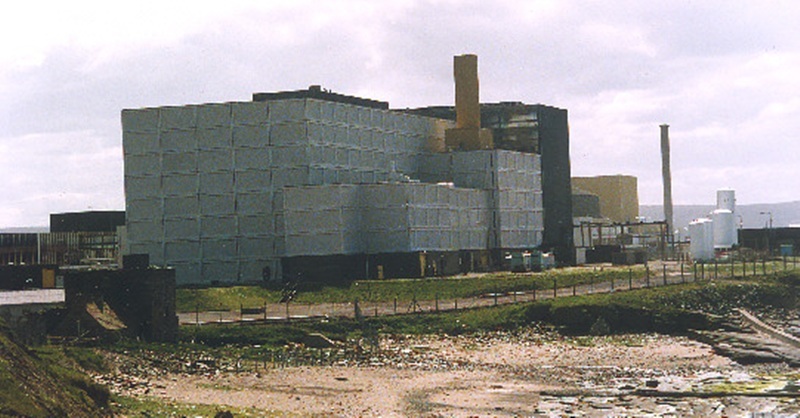Twenty-five years to the day after the Chernobyl disaster, a leading environmental group has said it is unlikely any new reactors will ever be built in Scotland.
On April 26, 1986, a series of explosions rocked the Ukraine plant, causing a catastrophe that has been blamed for thousands of deaths.
Fifty-seven people died in the immediate aftermath of the disaster but it has also been blamed for causing cancer in thousands more people and leading to a sharp rise in the number of children born with birth defects although these claims remain hotly disputed by some experts.
The radioactive cloud that fell across Western Europe led to restrictions on the transport and consumption of food that remain in place to this day.
Although restrictions on Scottish sheep were finally lifted last year, they are still in place for some livestock in Cumbria and Wales.
The disaster at Fukushima in Japan has reignited the debate on nuclear energy.
In Scotland, the SNP, Liberal Democrats and Greens have also ruled out building new reactors.
However, the Conservatives and Labour say they will not rule out building new nuclear power stations entirely although, like the other parties, they have made a commitment to sourcing most of the country’s energy from renewable sources, meaning there would be little demand for nuclear energy.
The Conservatives have also said any new reactors would only be built on sites currently occupied by nuclear power stations.
French state-owned electricity company EDF owns most of the UK’s nuclear sites and is concentrating on English sites for any new reactor proposals.UnlikelyThis year WWF Scotland published a report which showed all of the world’s energy needs could be provided from renewable sources by 2050 and charity director Dr Richard Dixon said he believes it is extremely unlikely new reactors will ever be built in Scotland.
He said, “Twenty-five years on from Chernobyl, nuclear power’s record of accidents, secrecy and hidden subsidies is again in the spotlight.
“Scotland’s political parties are split, with most against new nuclear and even those that are for only managing the most lukewarm enthusiasm.
“With the nuclear industry’s history of time and cost over-runs there is no chance the big electricity companies would think the next five years is long enough to get a scheme approved, even if a pro-nuclear government is elected.
“Scotland’s nuclear dream is over. Even the enthusiasts secretly know that there is now virtually no chance of new reactors ever being built in Scotland.”
Dr Dixon said a focus on renewable energy will have economic benefits for Scotland that nuclear power cannot provide.
He said, “We should not waste money on French nuclear reactors when we could be using the free renewable energy all around us.
“Job-creating renewable energy in Scotland should be our future, not a return to polluting nuclear power.
“Scotland’s politicians should be working together to prevent the UK coalition government’s total zeal nuclear reactors in England damaging investment in renewables here.”
